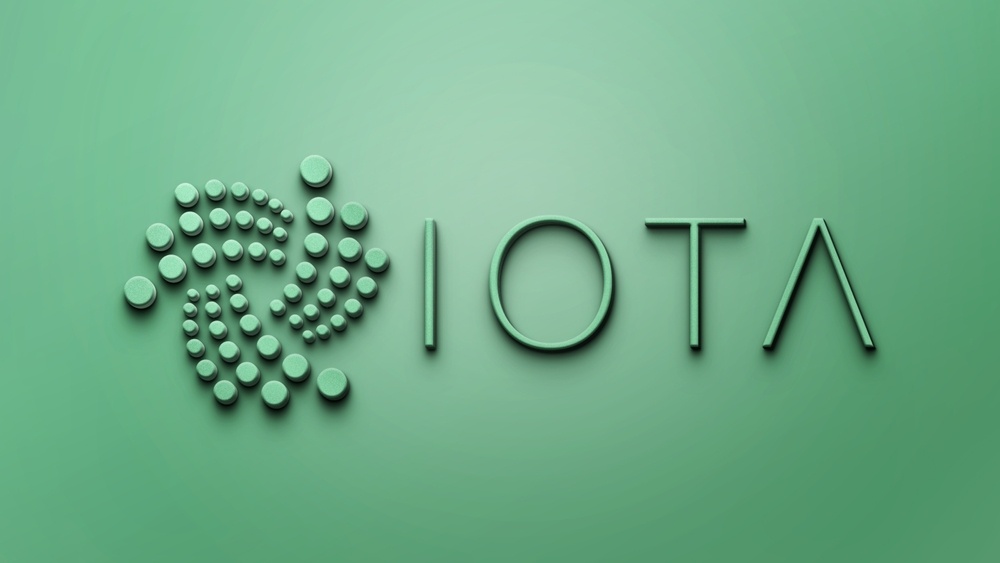Unraveling the Marvels of Layer 1 Blockchains: The Foundation of the Decentralized Revolution

The Crypto Odyssey Begins
If you’re anything like me, you’re captivated by the allure of blockchain technology and its potential to reshape the world as we know it. Today, we’re embarking on a thrilling journey into the fascinating realm of Layer 1 blockchains—the bedrock of the decentralized revolution.
The Genesis of Layer 1 Blockchains
As we delve into the mysteries of Layer 1 blockchains, let’s first establish their genesis. In the early days of cryptocurrencies, Bitcoin emerged as the pioneer, captivating us with the concept of a peer-to-peer electronic cash system. But it was more than just digital currency; it was a powerful proof-of-concept for blockchain technology. Thus, Layer 1 blockchains were born, designed to function independently as the base layer of a decentralized ecosystem.
The Backbone of Trust: Consensus Mechanisms
At the core of every blockchain lies the bedrock of trust—a consensus mechanism. Layer 1 blockchains utilize a range of consensus algorithms, each with its unique strengths and weaknesses. Bitcoin, the father of them all, embraced the groundbreaking Proof-of-Work (PoW) consensus mechanism, where miners compete to solve complex mathematical puzzles to validate transactions and create new blocks. This revolutionary concept provided the network with security and immutability, but it came with drawbacks like high energy consumption.

Embracing Efficiency: Proof-of-Stake (PoS)
As the crypto community evolved, innovators sought more sustainable alternatives. Enter Proof-of-Stake (PoS), a consensus mechanism adopted by a multitude of Layer 1 blockchains like Ethereum 2.0 and Cardano. PoS replaces energy-intensive mining with a process where validators are chosen to validate transactions and forge new blocks based on the amount of cryptocurrency they hold and “stake” as collateral. PoS significantly reduces energy consumption while maintaining a high level of security—a true step towards a greener blockchain ecosystem.
Diversity and Specialization: Delegated Proof-of-Stake (DPoS)
The world of Layer 1 blockchains doesn’t stop at PoS. Some chains have adopted Delegated Proof-of-Stake (DPoS), which introduces a voting mechanism where token holders elect delegates who validate transactions and produce blocks on their behalf. DPoS streamlines the consensus process, offering higher transaction throughput and lower latency. Iconic projects like EOS and TRON have embraced DPoS, propelling the blockchain world into a new era of speed and scalability.

Speed, Scalability, and Finality: Directed Acyclic Graphs (DAG)
In the quest for even greater scalability and faster transaction speeds, Directed Acyclic Graphs (DAGs) emerged as an alternative to traditional blockchain structures. DAG-based Layer 1 blockchains, such as IOTA and Nano, achieve consensus through a unique approach where each transaction confirms two previous transactions, creating a web-like structure. This innovative design allows for nearly infinite scalability and eliminates the need for miners, reducing fees and increasing transaction finality.

The Quest for Interoperability: Shaping the Multiverse
As the blockchain universe expands, the need for cross-chain communication and interoperability has become paramount. Layer 1 blockchains have recognized this challenge and are striving to build bridges to connect disparate ecosystems.
Cosmos: Unchaining Interoperability
Enter Cosmos, an ingenious project that seeks to create an “Internet of Blockchains.” Cosmos employs the Tendermint consensus mechanism, a variant of PoS, and utilizes a hub-and-zone model to connect various blockchains. This interconnectivity empowers seamless value transfer and communication between previously siloed chains, fostering a united and harmonious blockchain multiverse.

Polkadot: The Decentralized Web of Tomorrow
If Cosmos is the “Internet of Blockchains,” then Polkadot is the “Decentralized Web.” Founded by Dr. Gavin Wood, co-founder of Ethereum, Polkadot employs a heterogeneous multi-chain framework, allowing specialized blockchains (parachains) to communicate with a shared security network (relay chain). This architecture ensures scalability, security, and interoperability, setting the stage for a thriving, interconnected ecosystem.
Advancing Toward Decentralized Sovereignty
Layer 1 blockchains are not just about technological marvels and financial gains; they embody the spirit of decentralization—a fight for individual sovereignty and liberation from centralized control.

Ethereum: The Smart Contract Superpower
Ethereum, one of the most prominent Layer 1 blockchains, has established itself as the go-to platform for decentralized applications (dApps) through its Turing-complete smart contract capabilities. Its native programming language, Solidity, enables developers to create a diverse array of applications, from decentralized finance (DeFi) protocols to non-fungible tokens (NFTs) and beyond. Ethereum’s success has inspired countless other Layer 1 blockchains to embrace the smart contract revolution.
Tezos: A Self-Amending Future
Tezos has taken the concept of decentralization to the next level with its unique self-amending mechanism. Tezos stakeholders can vote on protocol upgrades, enhancing the blockchain’s security, scalability, and functionality. This on-chain governance approach gives the community the power to shape the future of the platform, making it a truly decentralized and democratic ecosystem.

Solana: Unleashing the Scalability Beast
Solana has emerged as a high-performance Layer 1 blockchain, boasting unmatched scalability and throughput. Its blazing-fast transaction speeds and low fees have garnered significant attention, making it a favored platform for projects requiring rapid execution, such as decentralized exchanges and gaming applications.

The Boundless Potential of Layer 1 Blockchains
The world of Layer 1 blockchains is a captivating landscape, flourishing with diversity, innovation, and dreams of a decentralized future. From the pioneering Bitcoin to the versatile Ethereum and the scalable Solana, each project contributes its unique essence to the collective pursuit of technological sovereignty.
As we continue our crypto odyssey, let us remember that Layer 1 blockchains are not mere financial instruments; they are tools of empowerment, capable of reshaping the world in profound and unprecedented ways. Embrace the evolution, my fellow crypto comrades, for the true magic of blockchain technology is yet to be fully unleashed. The journey has just begun. Onwards, to a decentralized utopia!
